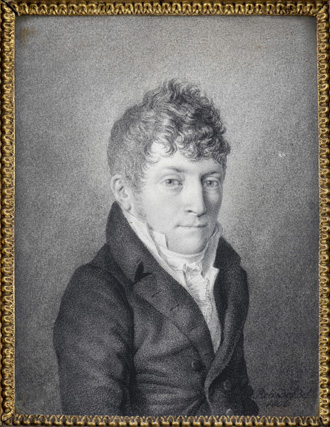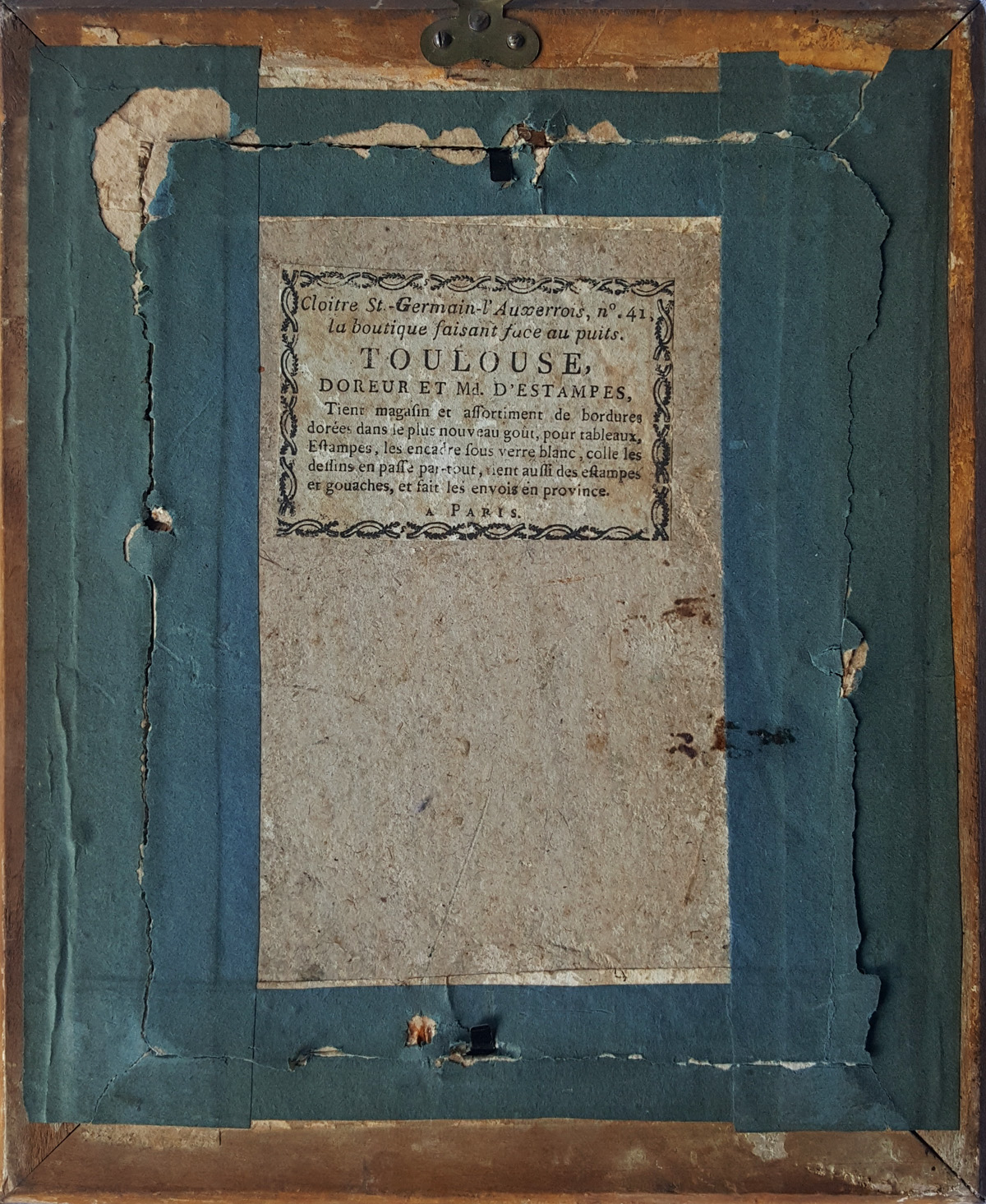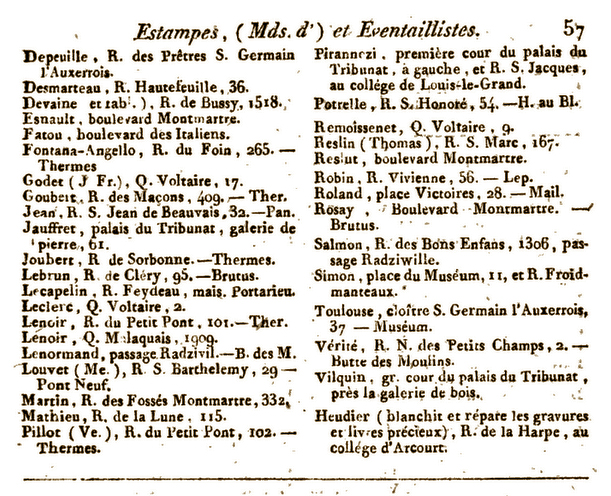ALBERT CHRISTOPH REINDEL (Neuremberg 1784 – 1853 Neuremberg)
Albert Christoph Reindel (Neuremberg 1784 – 1853 Neuremberg)
Portrait of a Young Man
Black chalk, on vellum, 176 x 132 mm (6.9 x 5.2 inch); contained in the original Empire gilt frame (245 x 202 mm (9.6 x 8 inch)
Signed and dated ‘Reindel del / 1806’
The reverse of the original frame backboard applied with the frame maker’s label: ‘Cloitre St.-Germain-l’Auxerrois, no. 41, la boutique faisant face au puits, TOULOUSE, DOREUR ET Md. D’ESTAMPES, Tient magasin et assortiment de bordures dorées dans le plus nouveau goût, pour tableaux, Estampes, les enadre sous verre blanc, colle les dessins en passe-partout, tient aussi des estampes et gouaches, et fait les envois en provence. A PARIS.’
Provenance
Private collection, Germany
***
Albert Christoph Reindel was born in Neuremberg in 1784.1 He trained with Heinrich Guttenberg (1749–1818) in Neuremberg from 1798 and perfected his education in Paris between 1803 and 1809. Upon his return in Neuremberg, he became Director of the painting academy there, and trained many disciples, including Bernard Afinger, Rudolf Carl Gottfired Geissler, Conrad Geyer and Johann Philipp Walther.
Reindel became mostly known as an engraver, and few original works by him survive. This charming portrait drawing of a young man from the Napoleonic era was drawn during Reindel’s formative years in Paris, the world’s leading artistic centre in the early 19th century. It is the most refined work by the artist which is currently known and recalls similar small portraits by Louis Léopold Boilly (1745–1844).
The drawing is still contained in its original Empire frame, including the original backboard and what appears to be the original glass. The backboard is applied with the printed trade label of the frame maker: Monsieur Toulouse, gilder and print dealer based in the Cloitre St-Germain-l’Auxerrois in Paris, now part of the Place du Louvre. Little is known about Mr Toulouse, but he is listed in a trade almanac of the period.2 To have a drawing of this quality from this period still contained in its original frame is rather rare.
SOLD
1. For the artist, see: U. Thieme and F. Becker (eds.), Allgemeines Lexikon …, vol. XXVIII, Leipzig 1934, p. 117 and G.K. Nagler, Die Monogrammisten (…), Munich/Leipzig 1858-79, vol. IV, p. 1004, no. 3495.
2. Almanach du Commerce de Paris, des Départements de l’Empire français et des Principales Villes de l’Europe. An XIII. (1805), Paris, 1805, p. 57.




